Football and basketball four years in transition
April 13, 2016
Before green-and-white-checkered end zones were painted on the Yulman Stadium turf, Tulane football played in a stadium meant for over 70,000 spectators, the Mercedes-Benz Superdome. For a school with less than 8,000 undergraduate students, the empty seats became a haunting distraction. From the press box to the field, the glaring emptiness was felt throughout the stadium, as air conditioning units blasted louder than crowd noise at times. One traveling reporter once metaphorically associated the empty seats with the lost souls from Hurricane Katrina.
Outsiders viewed Tulane as neither good nor bad, but ugly.
Tulane Athletics has dramatically changed in three years from its final season in the Superdome. College programs are often judged in a four-year span, analyzed and dissected through the lens of the recruiting classes. As the fourth year begins, it’s time to look at the two programs with new coaches in the search for an identity.
Football
In 2013, football’s Curtis Johnson headed into his second stint as head coach with buzz around freshly acquired Nick Montana. The offense had just lost city darling quarterback Ryan Griffin to the city favorite New Orleans Saints after graduating, and Montana was poised to keep the high-powered offense rolling with two NFL-bound seniors, receiver Ryan Grant and running back Orleans Darkwa, heading into their last seasons to tinker with the program.
The record a year earlier wouldn’t have screamed it, but the team was poised to compete in the Conference USA, and get excited to play in a stadium it could call their own.
But in Montana’s first outing as the starter Aug. 29, 2013 against Jackson State University, he failed to impress. The passing game had an erratic rhythm against the Tigers and, at times, Montana seemed lost. He threw poorly and could not locate open receivers, fled the pocket when little pressure arose and seemed out of sync with any receiver not named Ryan Grant. He finished with six of 14 with 144 passing yards and two touchdowns, and the Green Wave bruised its way to a 34-7 season opening victory mostly on the heels of the running game and a disciplined and opportunistic defense.
It became apparent Montana wouldn’t play at Griffin’s level, as Montana had huge gaps in his game. He would throw a fade pass to junior receiver Justyn Shackleford draped in a defender in the corner of the end zone, without realizing he had an uncovered receiver streaking right down the middle. Montana never quite made the leap and plateaued in skill his junior season, and fans quickly turned to another young-gun, Tanner Lee.
The redshirt freshman from Jesuit High School in New Orleans sat out a year and watched Johnson’s defense lead the 2013 football team to a bowl game, its first in over 10 years, which sprung optimism in a program that had one winning season since the turn of the millennium.
Compared to former Tulane greats Patrick Ramsey and J.P. Losman by Rick Dickson, Lee had high expectations before he took a snap.
The Green Wave had a lot to look forward to, but even more questions. The program would finally play in Yulman Stadium, and fans Uptown and on campus would have little excuse to miss the game. The program created a tailgate culture in the center of campus — the buzz of the boys coming back Uptown was contagious.
Skepticism came into play, however. The program struggled to get a post-season bid in a weak C-USA schedule the previous season, and entering tougher league play in the newly formed American Athletic Conference would pose a huge challenge to make a bowl in back-to-back seasons.
After losing a tough 38-31 overtime contest in Tulsa in week one, where redshirt sophomore quarterback Tanner Lee threw the ball 44 times, Tulane welcomed ACC Georgia Tech to christen Yulman Stadium in the first game Uptown since 1974.
The Wave came out fired up on a scorching hot September day. Then sophomore linebacker Eric Thomas forced a fumble on first play from scrimmage, putting Lee in prime position on the Tech 8-yard line, and found one of the few veteran skilled-position players senior Justyn Shackleford for a 12-yard touchdown, giving Tulane its first lead in Yulman stadium, less than two minutes into the game.
Spectators watched as a 30-For-30 documentary in the making materialized in front of their eyes. Lee came back the next possession with a 75-yard bomb to freshman speedster receiver Teddy Veal and the freshman quarterback capped off an overwhelming first half with a 61 yard dart to Xavier Rush on a slant for 61-yards.
But it soon became apparent the movie wouldn’t have a happy ending. Tulane’s offensive line had a tough time stopping Georgia Tech’s front, and time after time Lee found his way on the ground. The energy in the arena slowly fizzled like a deflating balloon.
The offense didn’t score again the rest of the game. The gun-slinging Lee ended with three interceptions and, after a few too many hits for Johnson’s liking, sat the second half. The Yellow Jackets went on to beat Tulane 38-31.
Lee showed signs of impeccable arm strength, but struggled with little nuances of the game like understanding check-downs, and didn’t have the foot speed to evade rushers that got through the offensive line, which happened often, which lead to a consistent struggle to stay on the field.
“A lot of these wounds are self-inflicting growing pains,” Johnson said in an interview with The Hullabaloo after the 2014-15 season. “You watch experienced guys, they throw the ball away, they check down to the backs; Tanner will get that, but he wants to make the big play all the time. I think he will do it. Again, it takes a little time, a little more experience, but I think he will have that thing figured out.”
Lee never controlled the pocket, but he was just a freshman and improved his footwork tremendously in his second year.
“The problem with the freshmen was you’re throwing the freshman in there and he doesn’t even know how to line up, he barely knows what a huddle is, and now you expect him to play,” Johnson said. “But I think they did fine for what we asked them to do.”
The team ended up 3-9, and 2-6 in the AAC. Johnson credited the team’s overall struggles to youth and lack of experience on the field.
Much of the 2014-15 season could be viewed as a success in the right perspective. Attendance had risen 26.7 percent in Yulman, up over 5,000 bodies from last season. The year marked a turning point for Tulane Athletics, and the program proved fans would show if football came back uptown.
But on the field, youth and inexperience soon became too much of the same excuse, and the Wave had another tumultuous 2015-16 campaign. Johnson’s team ended 3-9 for the second consecutive year, the third losing season in his fourth year as top dog. The losing felt unique. When the team lost, it lost by an average of 27.5 points. Any remaining air left in the balloon had escaped; the excitement around the program had disappeared.
Dickson fired Johnson at the end of the season, and the announcement that Troy Dannen would serve as athletic director sparked the buzz around the program again.
In his initial press conference, Dannen said he asked the board what they wanted in an athletic program, and the simple, unanimous answer was, “we want to win.”
Dannen acted swiftly, hiring Willie Fritz, famous for turning programs into winners quickly.
The message was sent: Dannen wanted to win, and win now.
Fritz ran an offense heavy on the run, and relied on a mobile quarterback in a read-option style offense. Saying he’d change his scheme based on his talent, Lee figured this was the opportunity to play for another offense, one more suited for the pro game, and off he went, transferring to Nebraska.
Out went Johnson, with his two quarterbacks that received most of the media’s attention, and in came the new, disciplined coach Fritz. The team will have a completely new identity come the fall, but a bowl bid must come soon because patience surrounding the program has dwindled.
Basketball
Head basketball coach Ed Conroy came into the 2013 season losing key contributors. Senior guards Jordan Callahan and Kendall Timmons, both logging 30 minutes per game, graduated and the Wave’s most skilled youngsters Josh Davis (San Diego State) and Ricky Tarrant (Memphis) transferred, leaving opportunity for freshman Jonathan Stark, sophomore Louis Dabney and junior sharp shooter Jay Hook.
The on-court product was intriguing. Stark and Dabney became an aesthetically pleasing pair of guards to watch, and with a shooter like Hook on the wings, there was a talented trio of guards for Conroy to toy with. The season ended with a 1 point loss to Princeton in the College Basketball Invitational. The program had little expectations after the mass exodus of talent, but Stark’s emergence as a 14.4 point per game scorer became a focal point to build off of.
The team lacked in its frontcourt. Conroy didn’t trust freshman center Ryan Smith in long periods of time, and junior forward Tre Drye, though a energetic rebounder and defender, didn’t pose much of an offensive threat.
Conroy’s roster needed a frontcourt presence to take pressure off of the guards. Freshman forward Dylan Osetkowski made his mark coming off the bench as a raw big man. He shot 50 percent from the field, scoring the most points of any big man on the roster with 6.3 per game, and banged down low defensively with some of the tougher AAC big men. The 255-pound big man eclipsed Smith in minutes, and was poised for a big breakout season with senior Drye’s departure.
Stark came back in his sophomore year, and his shooting percentages suggested a dip in production. He shot 37 percent from the field, and 28 percent from distance in his sophomore year, compared to 41 percent from the field and an impressive 37 percent from deep. His shot attempts didn’t dip much: He shot one less attempt from the field and launched almost an identical amount of 3-pointers per game his sophomore season.
Entering league play in his sophomore year, Stark faced faster, tougher guards. Opposing coaching level rose exponentially, with the likes of former National Championship winning coaches, Connecticut’s Kevin Ollie and Southern Methodist’s Larry Brown, patrolling the Devlin Fieldhouse sidelines.
Stark’s frustration on the court soon reached its tipping point and he decided to transfer after a disappointing inaugural season in the AAC. Stark primarily handled the ball but wanted to play off the ball more; he didn’t feel comfortable in the system Conroy ran.
“I don’t think I was being played to my full potential or having my ability being fully used,” Stark said in an interview with The Hullabaloo after deciding to transfer. “I just felt that with the coaching staff, I didn’t agree with some of the things we did and even though it was helpful to me I don’t think I was going to reach my full potential.”
This trend of transferring didn’t stop with Stark. Promising freshman guard Keith Pinckney and 2013 prized recruit Josh Hearlihy decided to transfer along with forward Payton Henson and center Aaron Liberman. With Drye and Hook’s departure, Conroy had to reload, yet again, in another rebuilding season.
Osetkowski exploded onto the scene his sophomore season, nearly doubling his point totals and rebounding numbers, playing an average 10 minutes more per game. Dabney, redshirt junior guard Malik Morgan and Osetkowski became the new trio of scorers, but the team struggled from the start, losing its home opener to Alabama A&M, and went 3-15 in AAC play, a dip from the 6-12 the prior last season.
The losing became too much for the program that Dannen stepped in. But the same old story continued and Dabney, a senior, graduated. Osetkowski announced he will transfer to The University of Texas via Twitter Tuesday, and guard Kajon Mack has been granted a release by the program.
Dannen made another splash hire in Mike Dunleavy, a prominent figure in professional basketball in the last several decades. Dunleavy comes in with a totally opposite understanding of the game. He’ll be a better Xs and Os coach, but has little to no experience recruiting at the college level.
“When Mike walks into a gym, I don’t care if it’s the American Conference, the ACC, or the national championship game, he will never be outcoached,” Dannen said in the introductory press conference. “That’s a pretty strong compliment.”
Yes, high praise for a team that was consistently outcoached by competition. Dunleavy was involved in high school scouting, when high school players could make the jump straight to the pros, but recruiting has changed drastically since then. Dunleavy understands this though, and says he plans on hiring prominent college assistants in top programs across the country.
Filling the void of Dabney and Osetkowski will be his first challenge, but if he can make the current roster a winner in the AAC, Dunleavy would really prove he can coach at any level.



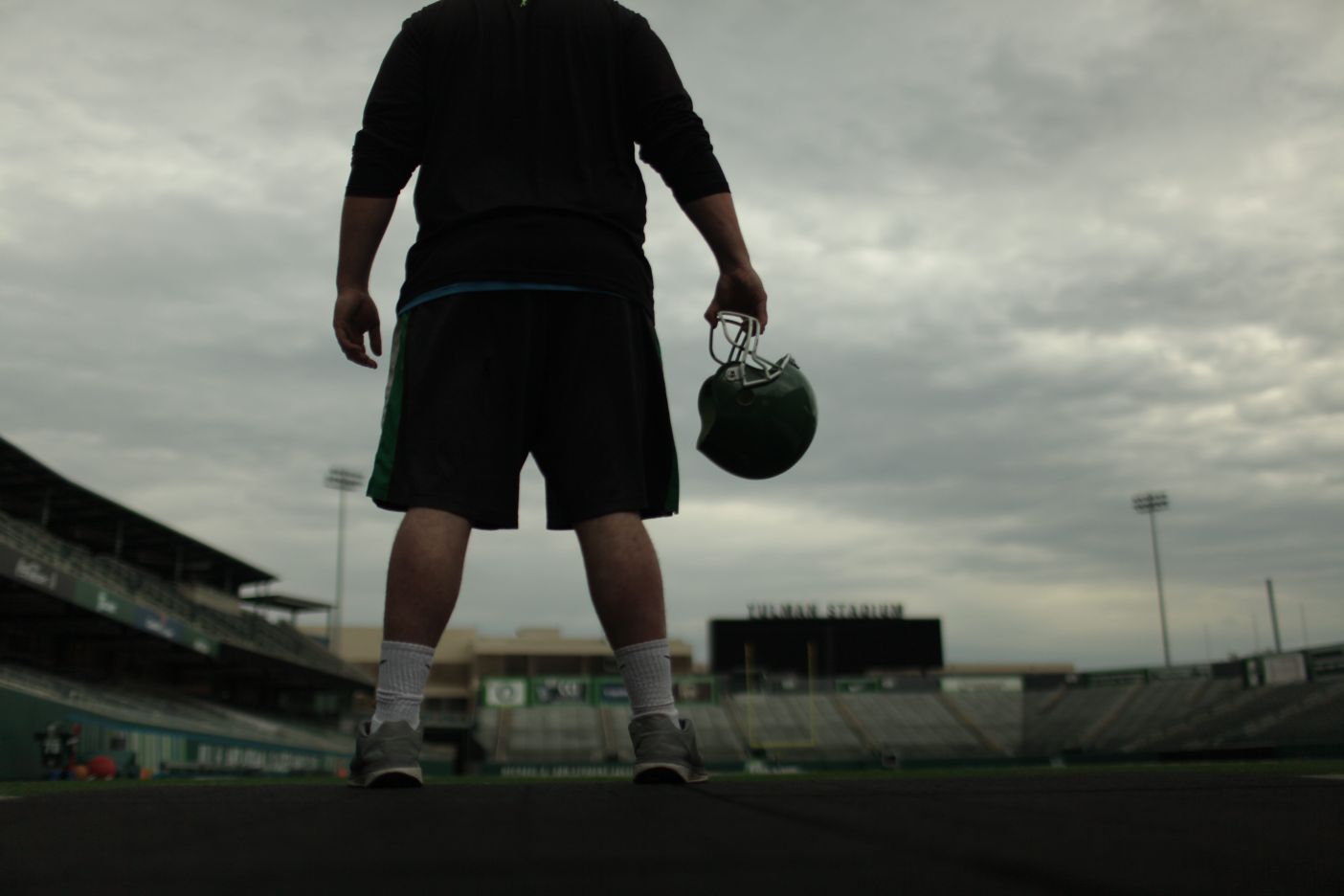
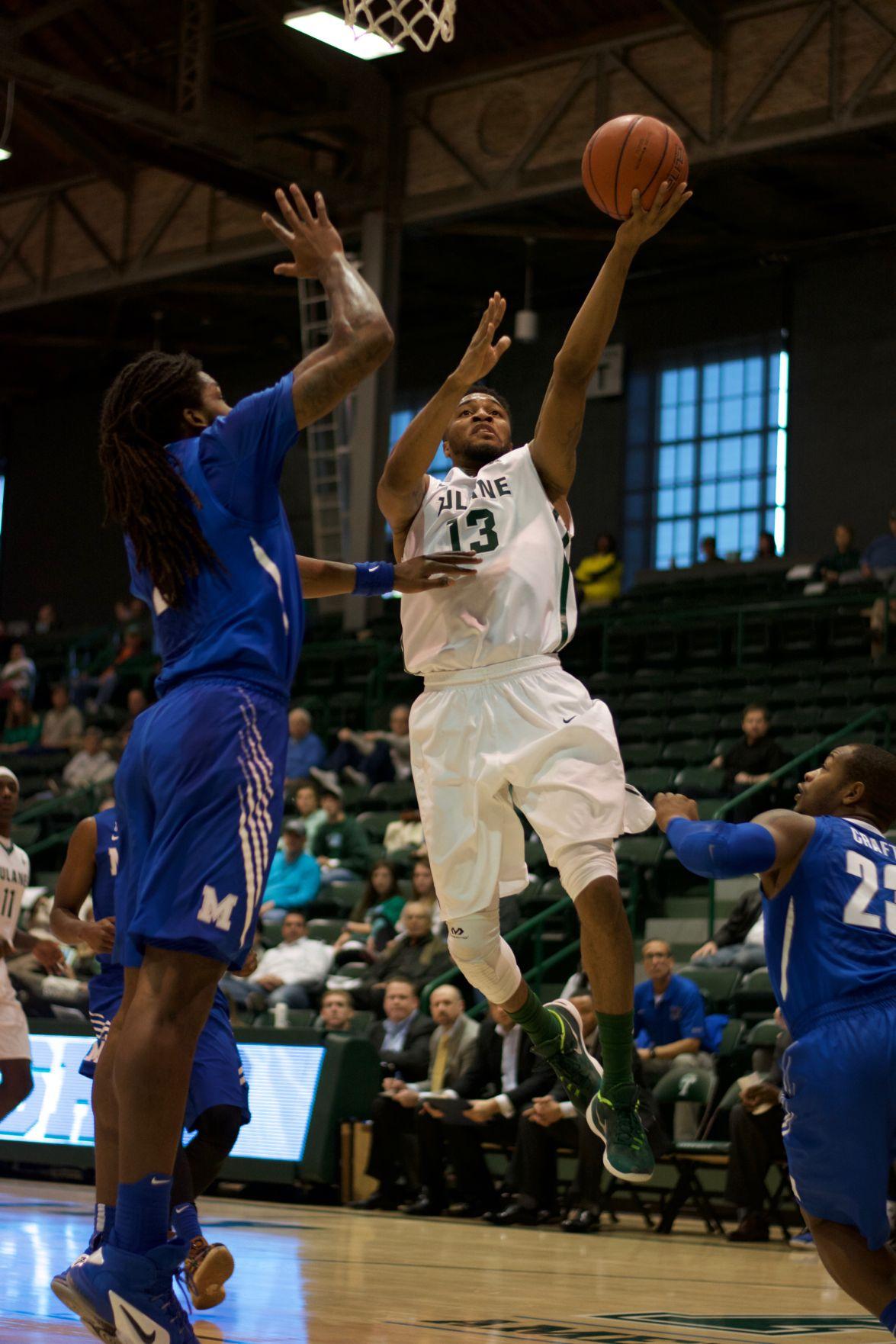
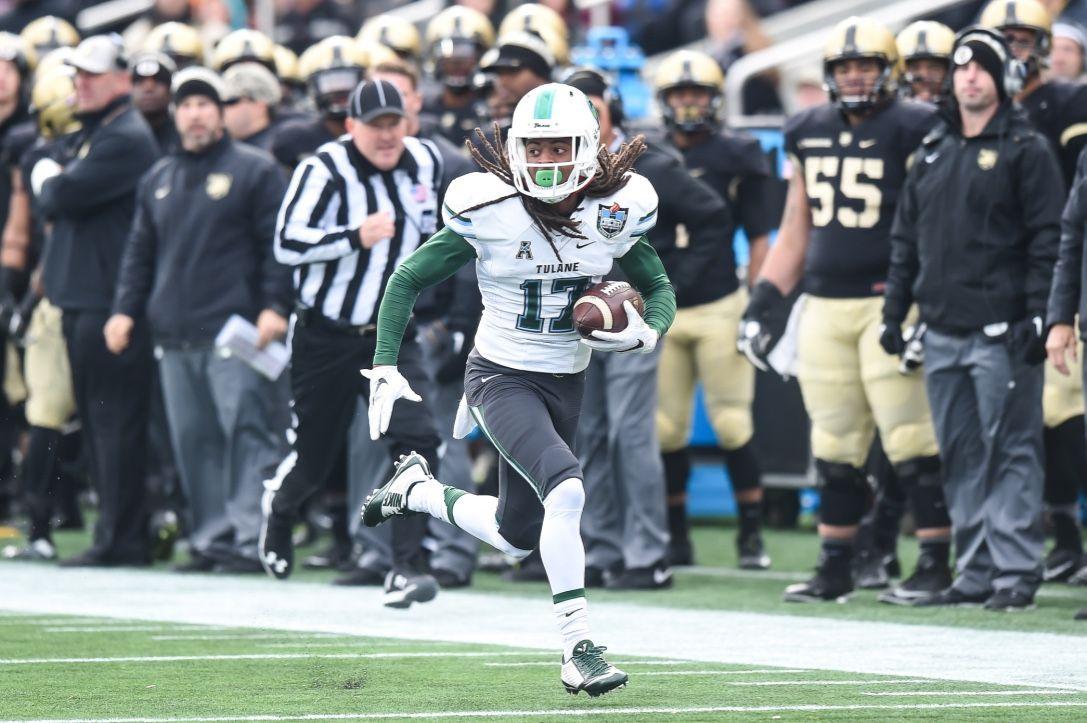
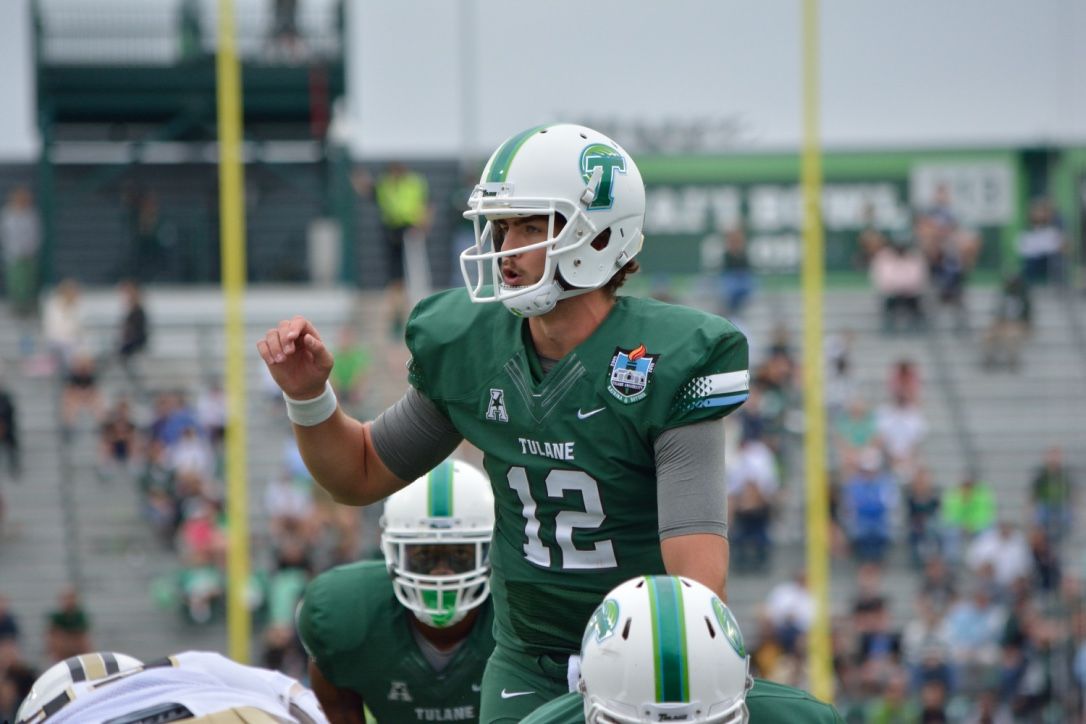
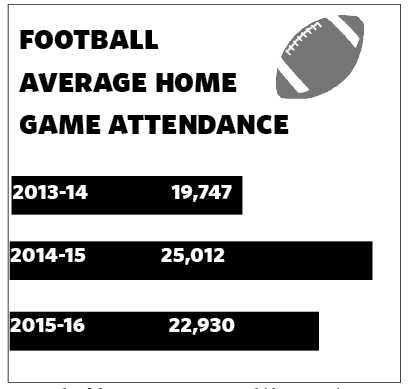
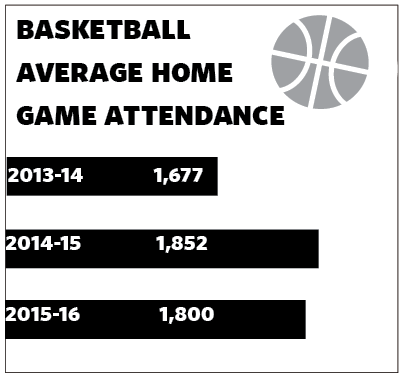
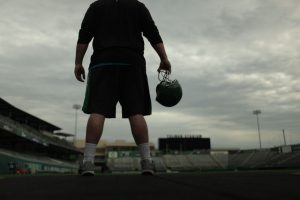
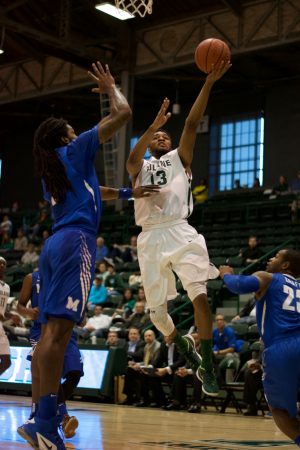
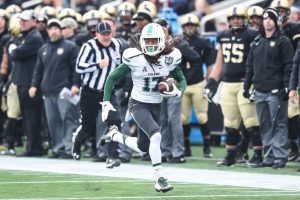
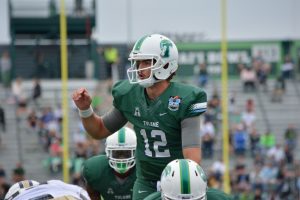
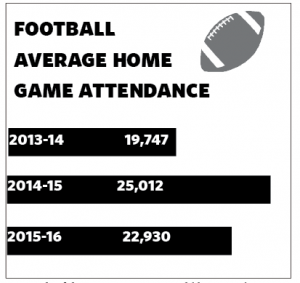
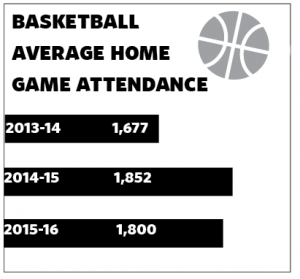
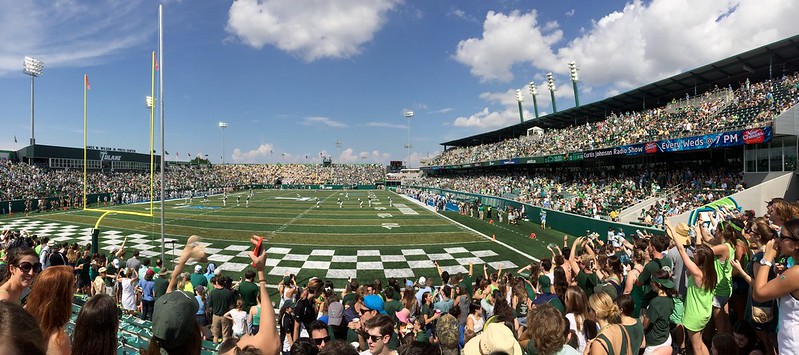
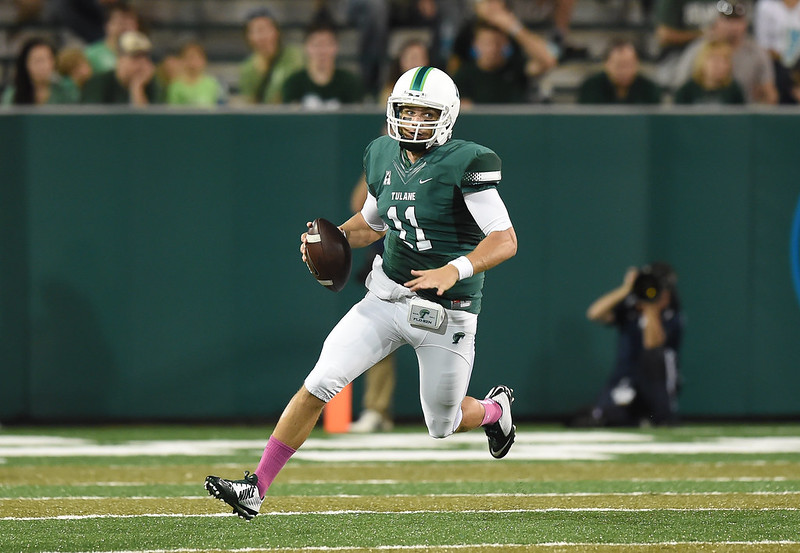
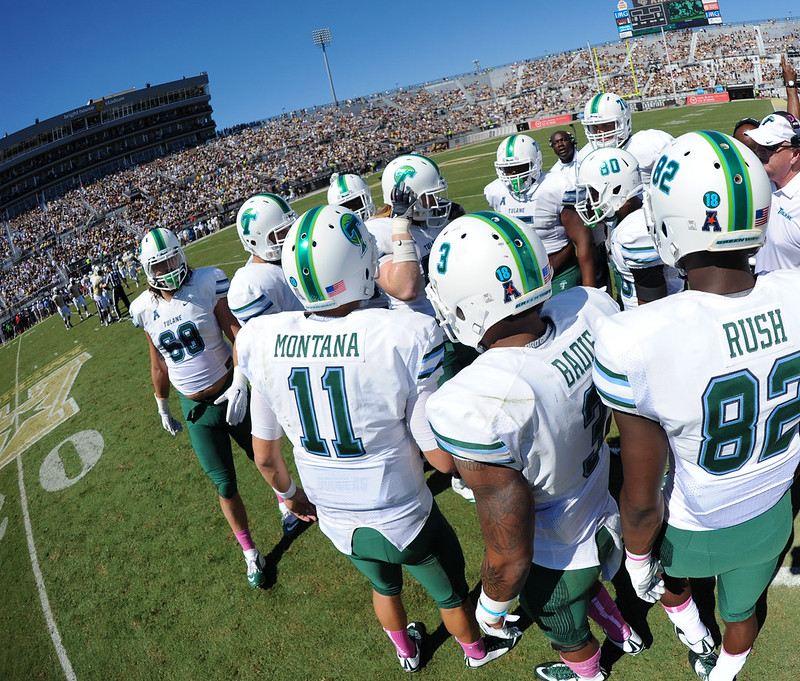
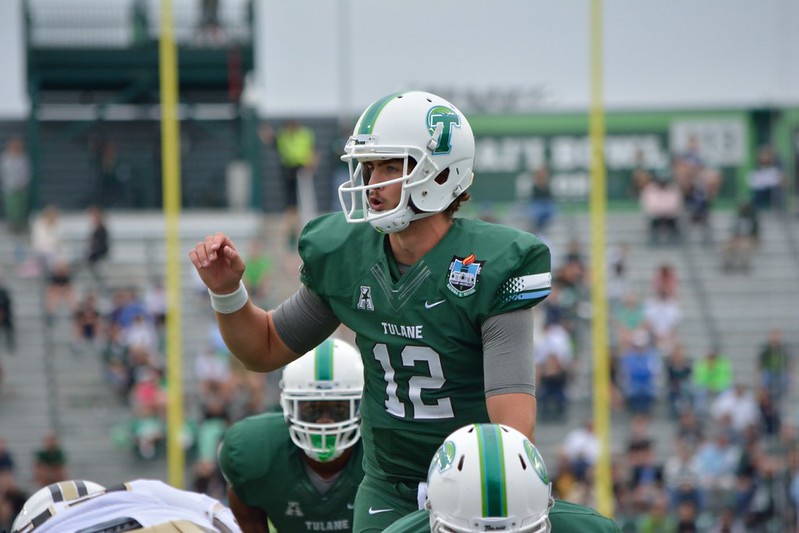
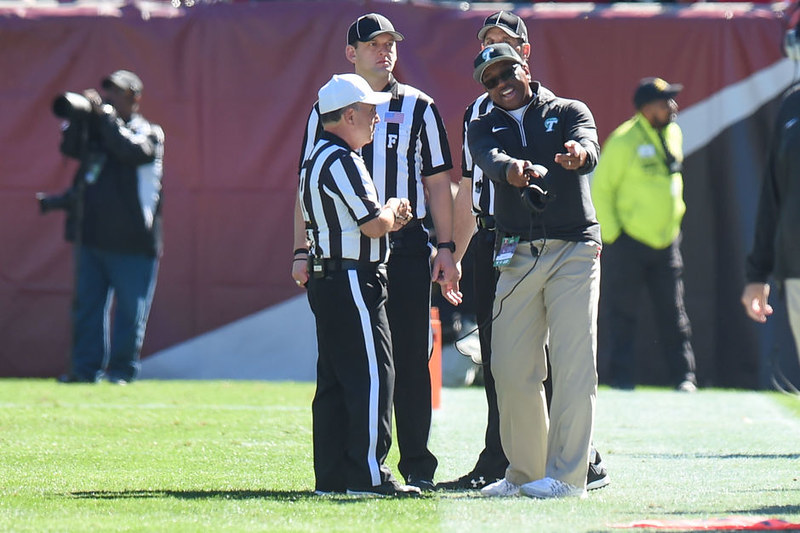
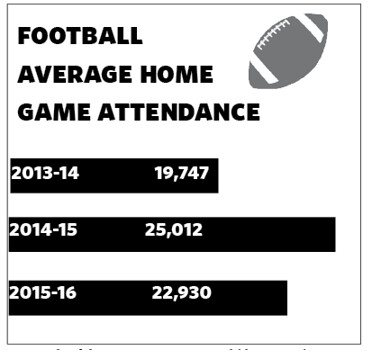
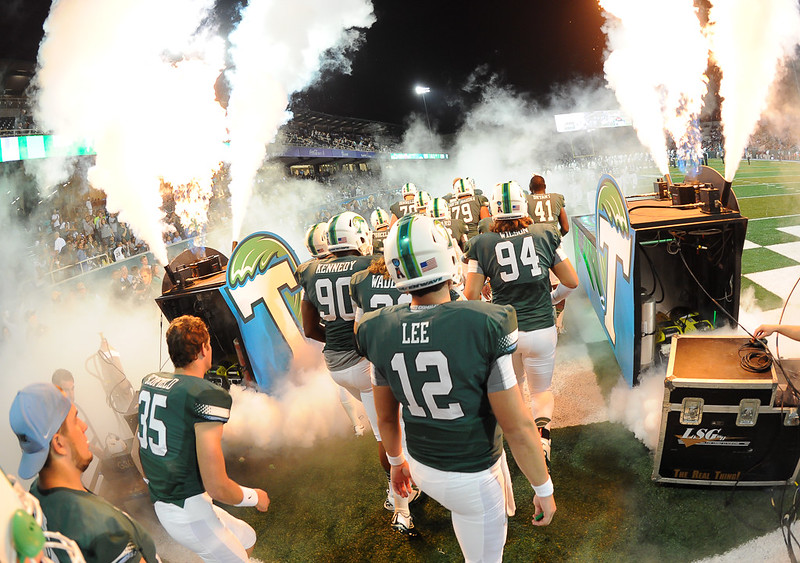
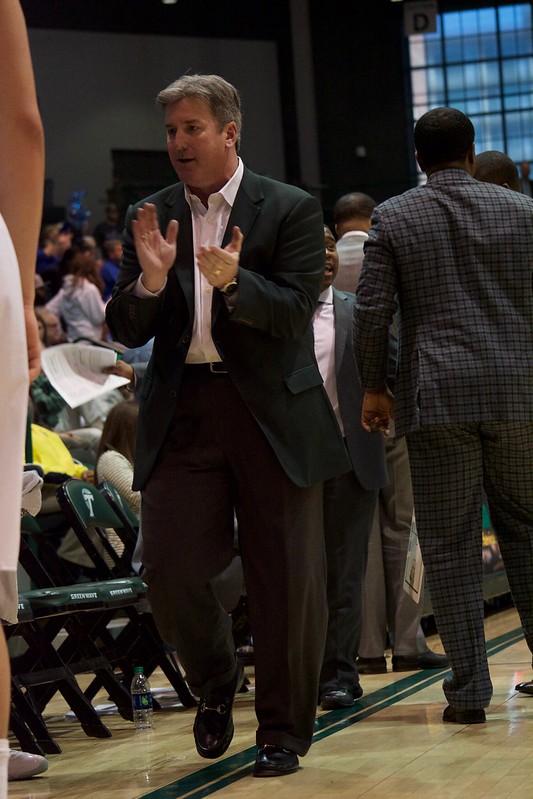
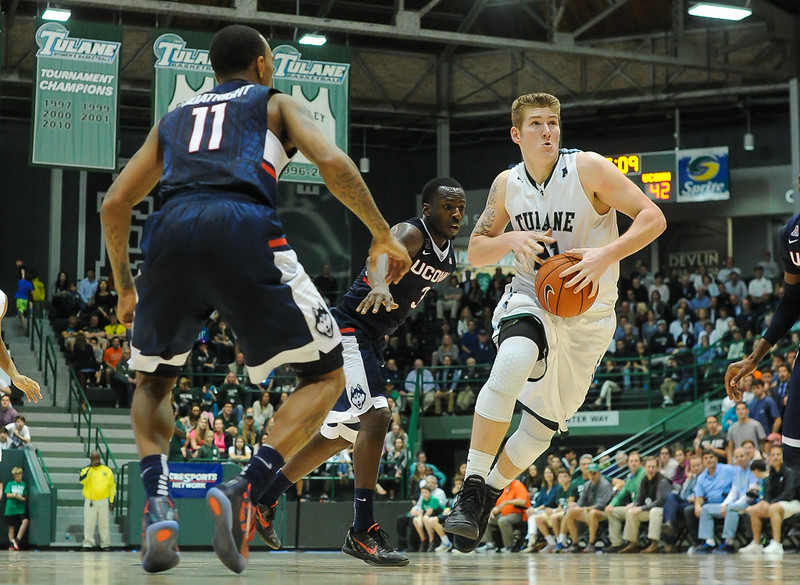
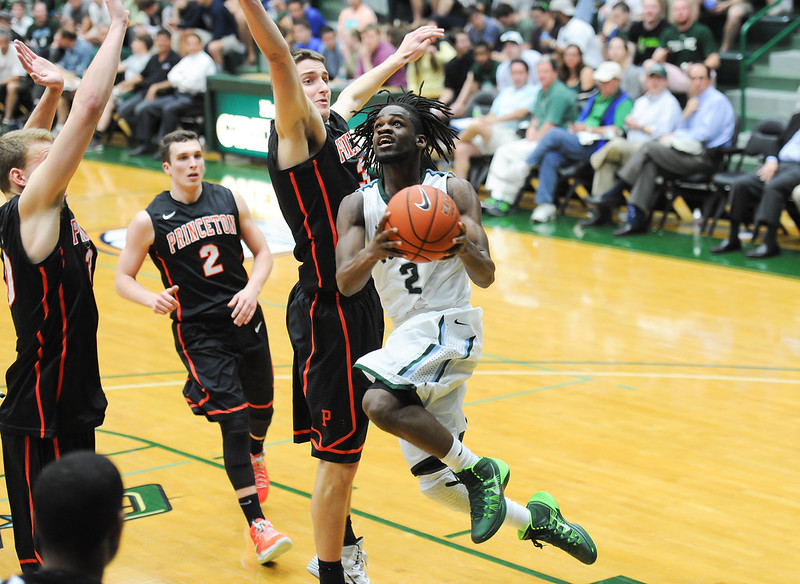
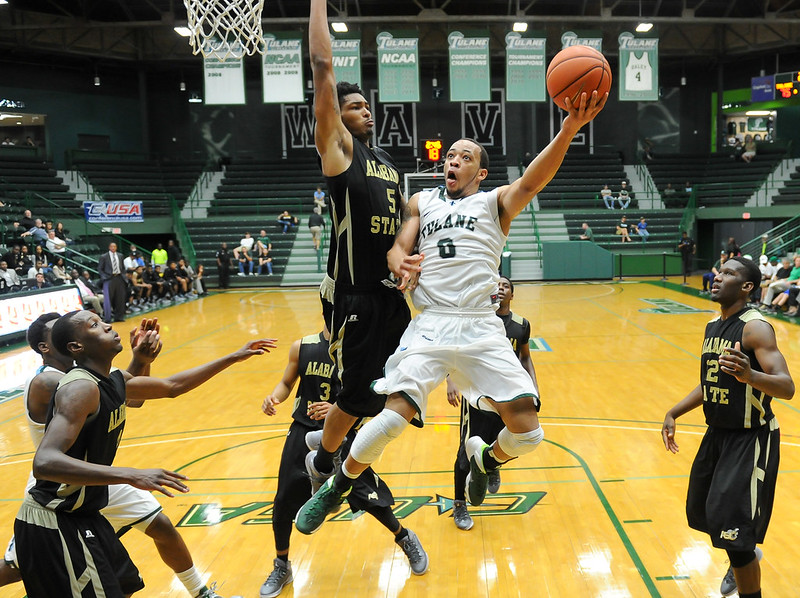







Leave a Comment